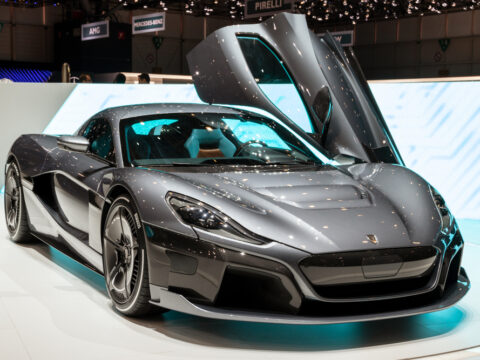Vintage Ferrari models are often celebrated for their elegance, speed, and innovation, but there’s more to these iconic cars than meets the eye. From unexpected design quirks to little-known moments in history, these cars hold a wealth of surprising facts. In this article, we’ll uncover 20 intriguing details that even the most devoted Ferrari enthusiasts might not know. Get ready to explore the hidden stories behind these automotive legends.
Contents
Ferrari’s Iconic Prancing Horse
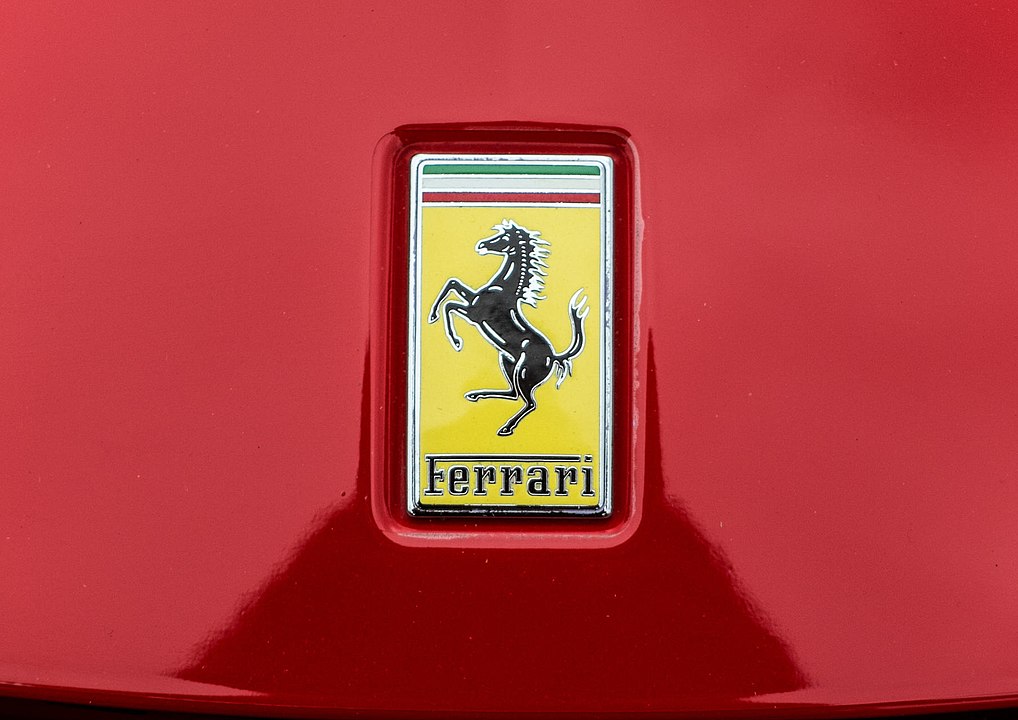
The prancing horse logo, now synonymous with Ferrari, was originally the personal emblem of Italian World War I flying ace Count Francesco Baracca. Baracca’s family suggested that Enzo Ferrari adopt the symbol for his cars to bring good fortune. This emblem, combined with Ferrari’s signature red color, has become one of the most recognizable and enduring symbols in automotive history, embodying the spirit and legacy of Ferrari’s racing heritage.
Limited Production Numbers
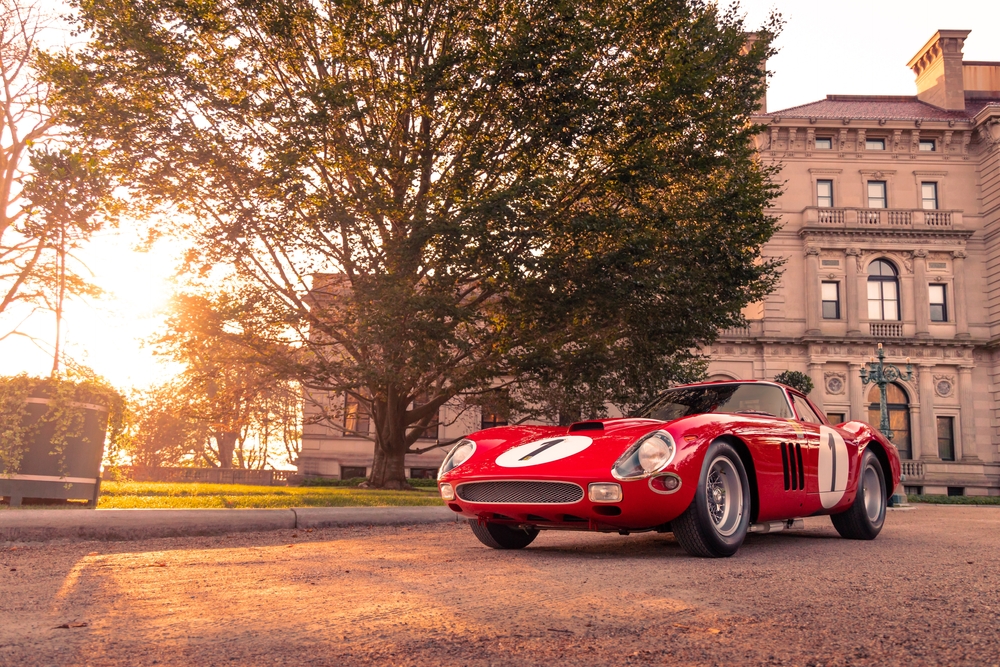
Vintage Ferrari models were often produced in extremely limited numbers, with some models being one-offs or limited to just a few units. For example, only 39 Ferrari 250 GTOs were ever built, making it one of the rarest and most sought-after cars in the world. This scarcity has not only made these models highly collectible but also contributed to their astronomical value at auctions, often reaching tens of millions of dollars.
Aluminum Bodies
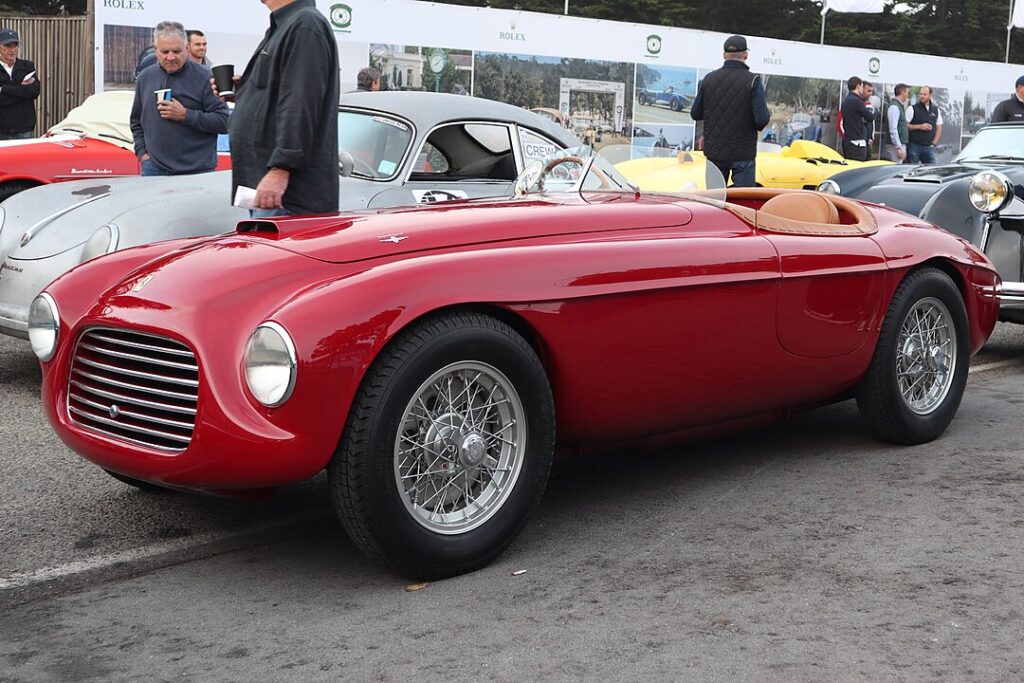
Early Ferraris like the 166 MM Barchetta were built with lightweight aluminum bodies, which played a crucial role in their racing success. The use of aluminum reduced the car’s weight, improving its performance and handling on the track. This focus on weight reduction and performance helped establish Ferrari’s reputation as a dominant force in motorsport, with the 166 MM Barchetta winning the prestigious Mille Miglia race in 1949.
First Road Car
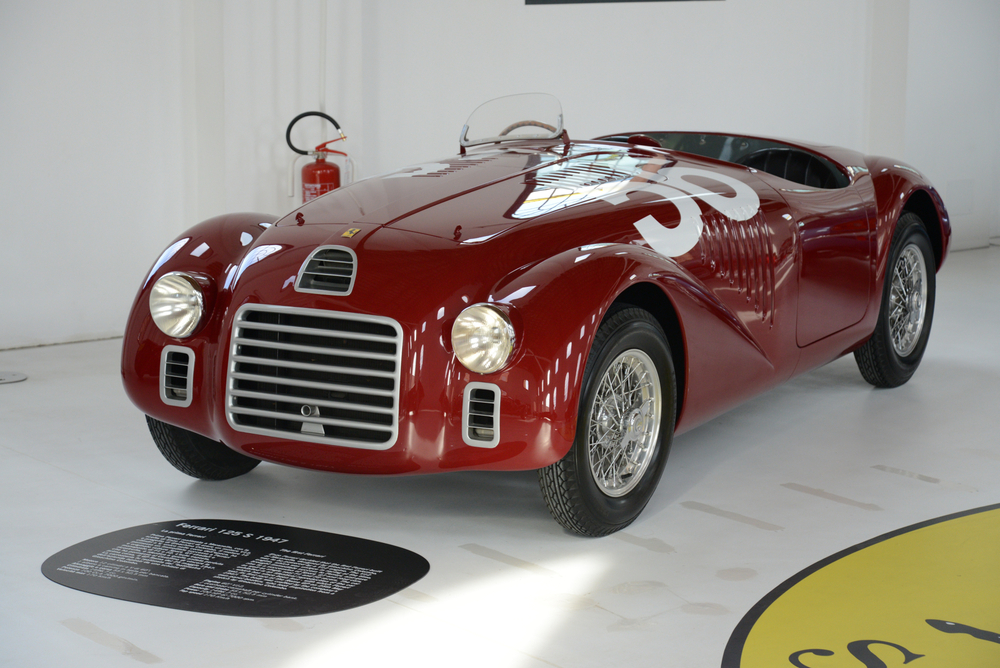
The Ferrari 125 S, introduced in 1947, was Ferrari’s first road car, featuring a 1.5-liter V12 engine designed by Gioachino Colombo. This model set the stage for Ferrari’s legacy of high-performance road cars. The 125 S was not only a commercial success but also a technological marvel of its time, showcasing Ferrari’s commitment to innovation and engineering excellence right from the beginning.
Hand-Built Engines
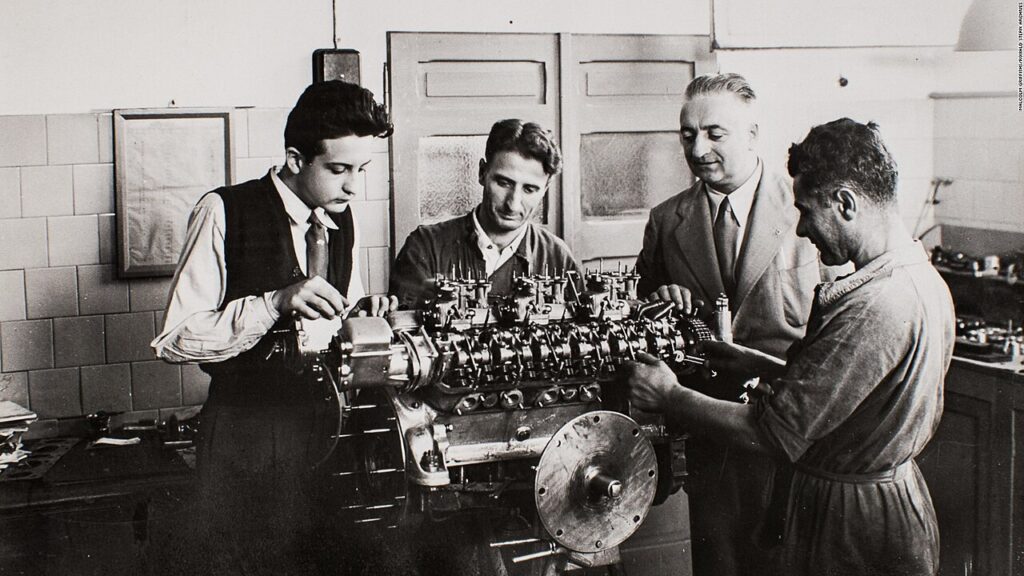
In the early days of Ferrari, each engine was meticulously hand-built by a team of skilled craftsmen. This process could take several days, ensuring that each engine met Ferrari’s exacting standards for performance and reliability. The attention to detail and craftsmanship involved in building these engines contributed to Ferrari’s reputation for producing some of the most powerful and reliable engines in the world.
Racing Heritage
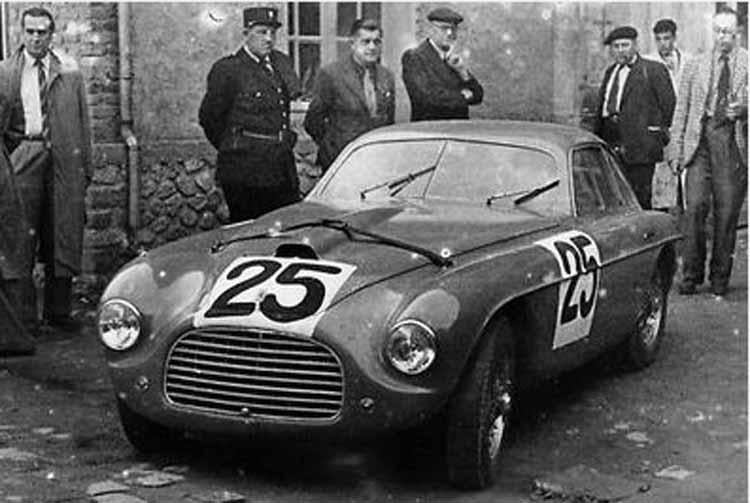
Ferrari’s roots are deeply embedded in racing, with many vintage models specifically designed for the track. The Ferrari 250 GTO, for instance, was built for competition and was only sold to customers who had proven their racing capabilities. This model went on to achieve numerous victories in the 1960s, including several wins at the 24 Hours of Le Mans, cementing Ferrari’s dominance in the world of motorsport.
Rare Color Choices
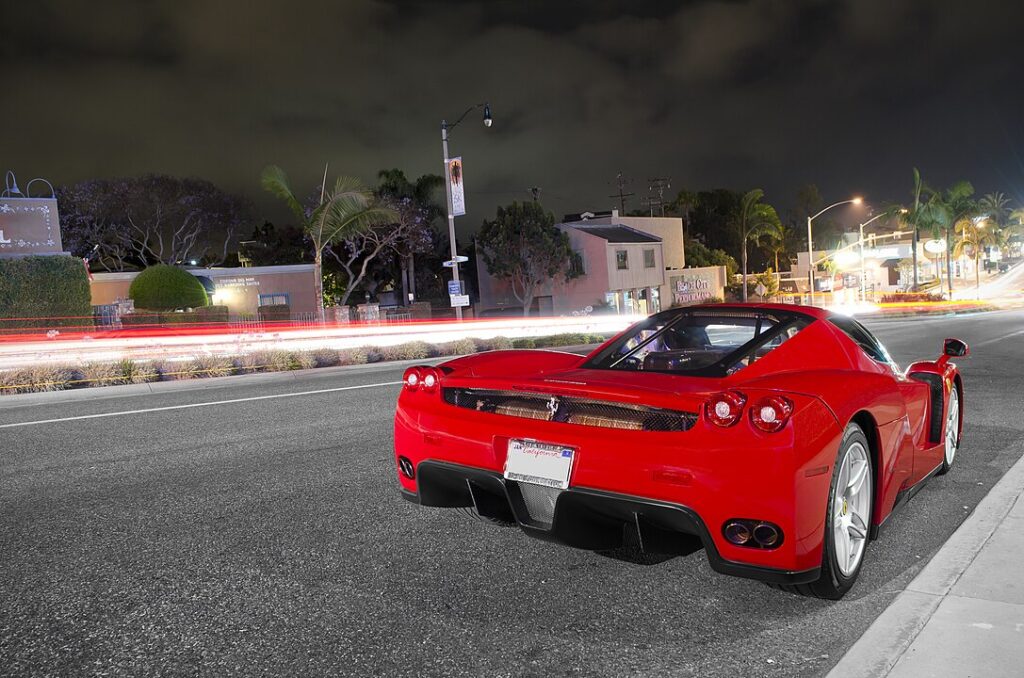
While Ferrari’s signature red (Rosso Corsa) is the most famous, vintage models were available in a variety of rare and unique colors. These included shades like yellow (Giallo Modena), blue (Blu Pozzi), and even green (Verde Pino). These rare color choices were often custom-ordered by wealthy clients, making each car even more unique and further adding to its desirability among collectors.
High-Reving Engines

Vintage Ferrari engines were known for their ability to rev to extremely high RPMs, a feature that set them apart from many other cars of the era. For example, the Ferrari 250 Testa Rossa’s V12 engine could rev up to 8,000 RPM, delivering unparalleled performance and speed. This high-revving capability was a hallmark of Ferrari’s engineering prowess and contributed to the brand’s racing success.
First Ferrari with Disc Brakes
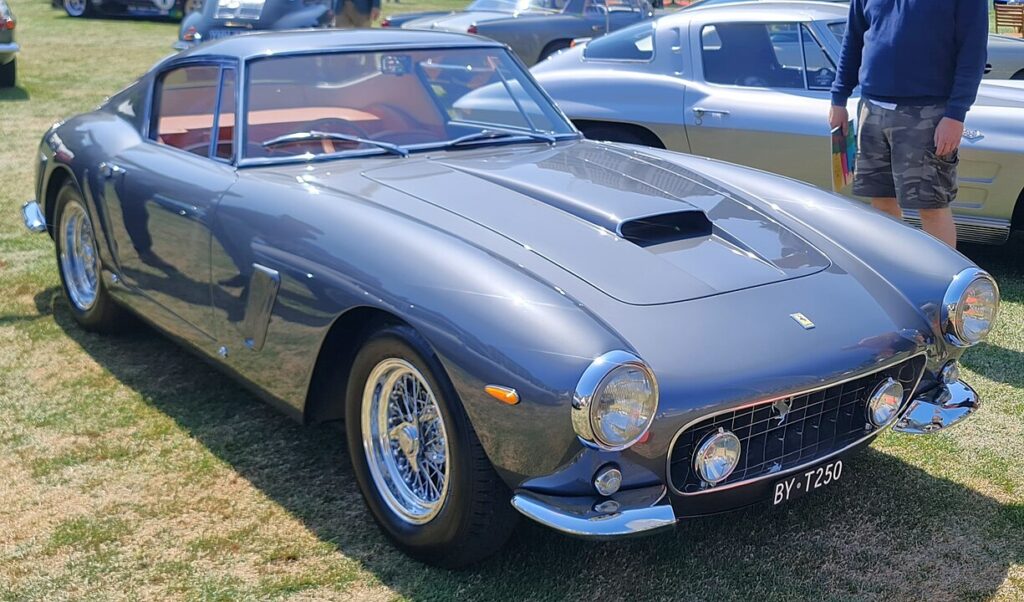
The Ferrari 250 GT Berlinetta SWB, introduced in 1959, was the first Ferrari model to be equipped with disc brakes. This was a significant advancement in braking technology, providing better stopping power and improving the car’s overall performance and safety. The adoption of disc brakes marked Ferrari’s commitment to incorporating the latest technological advancements into their vehicles, further enhancing their competitive edge.
Enzo Ferrari’s Favorite Model
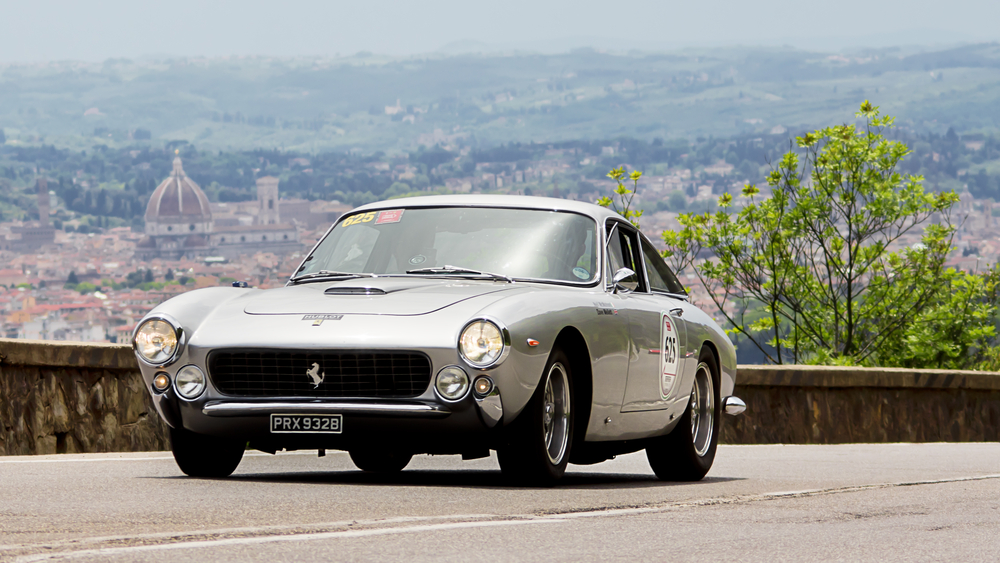
Enzo Ferrari reportedly had a particular fondness for the Ferrari 250 GT Lusso, a grand tourer known for its elegant design and balanced performance. The 250 GT Lusso combined the speed and agility of a sports car with the luxury and comfort of a grand tourer, making it a favorite among affluent enthusiasts. Enzo’s preference for this model highlights his appreciation for cars that offered more than just raw performance but also a refined driving experience.
Exclusivity by Design
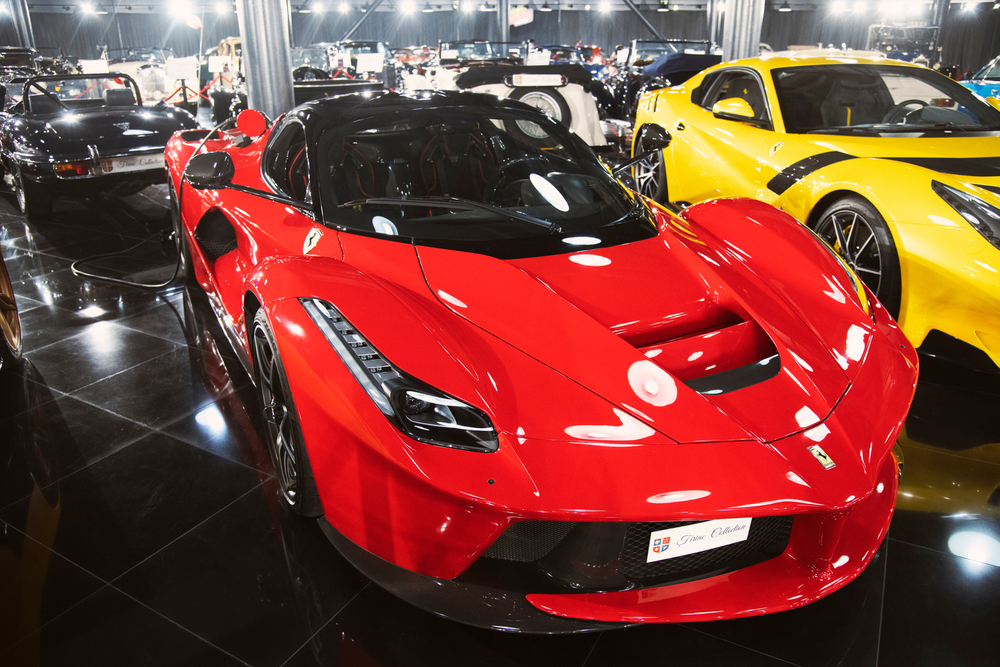
Enzo Ferrari intentionally kept production numbers low to maintain the exclusivity and prestige of the Ferrari brand. This approach ensured that owning a Ferrari was not just about possessing a high-performance car but also about being part of an exclusive club. The limited production runs of vintage Ferraris have made them highly desirable and valuable, with some models becoming symbols of status and luxury.
Coach-Built Bodies
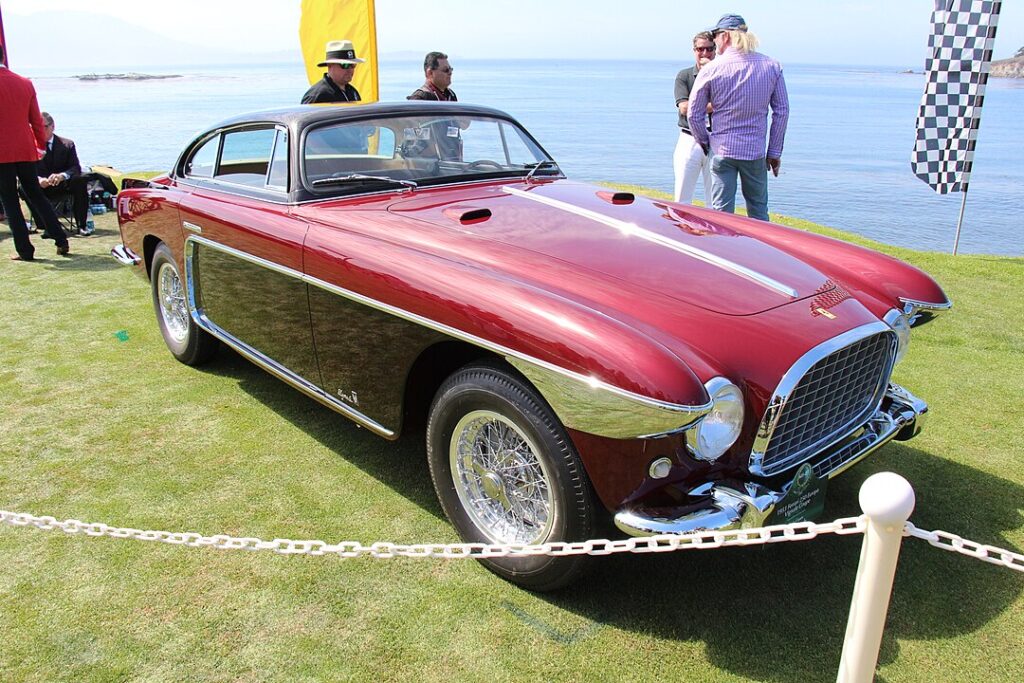
Many vintage Ferraris were coach-built, meaning that while Ferrari provided the chassis, the bodywork was crafted by renowned Italian designers like Pininfarina and Scaglietti. These coach-built bodies were often tailored to the specific tastes of wealthy clients, resulting in unique, one-of-a-kind designs. The collaboration between Ferrari and these coachbuilders produced some of the most beautiful and iconic cars in automotive history.
Ferrari’s V12 Legacy
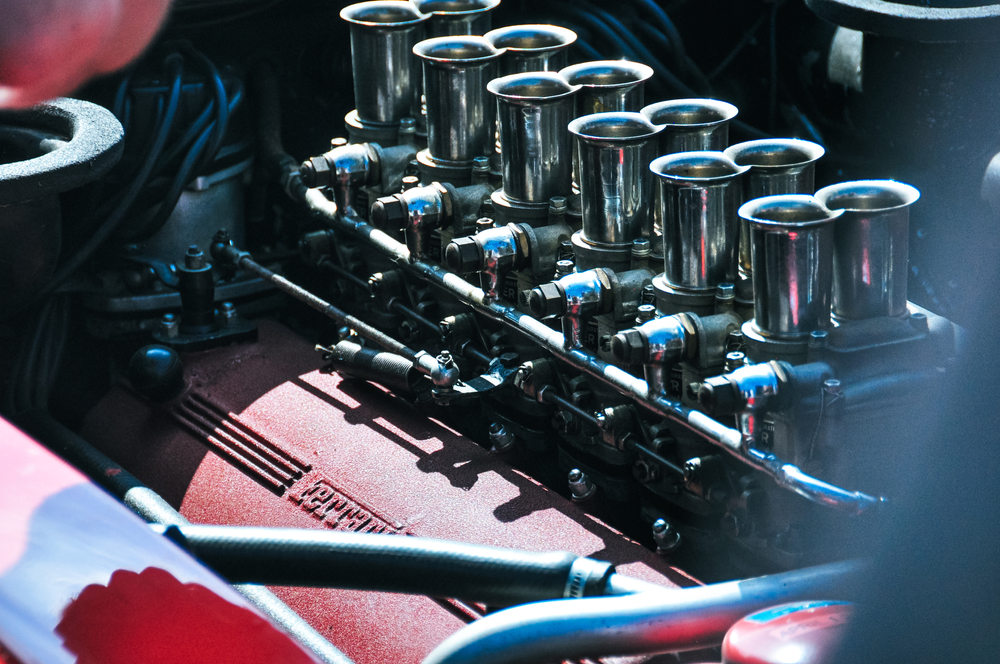
The V12 engine configuration became a defining feature of Ferrari’s identity, with the first V12 engine being developed in 1947 for the Ferrari 125 S. This 1.5-liter V12 was designed by Gioachino Colombo and set the standard for Ferrari’s future engines, known for their high-revving capabilities and exceptional power output. The V12 engine became synonymous with Ferrari’s commitment to performance and excellence.
Aerodynamics Pioneers
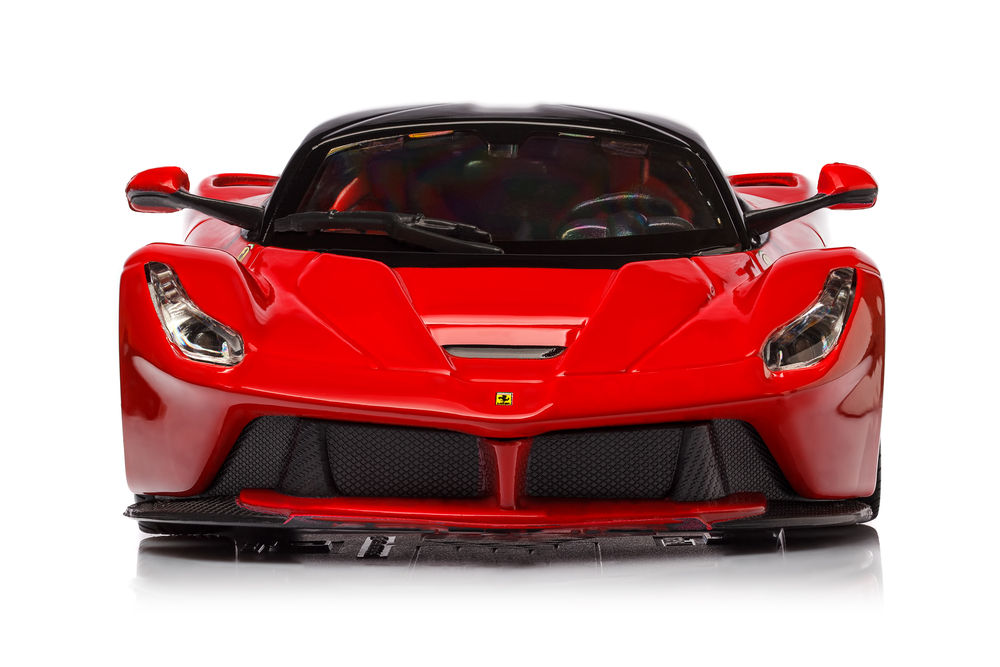
Vintage Ferraris like the Ferrari 250 LM were pioneers in aerodynamics, influencing the design of modern sports cars. The 250 LM’s sleek, low-slung body was designed to reduce drag and improve stability at high speeds, making it a formidable competitor on the racetrack. The lessons learned from these early aerodynamic experiments helped shape the future of Ferrari’s designs and contributed to their continued success in motorsport.
Ferrari’s Early Financial Struggles
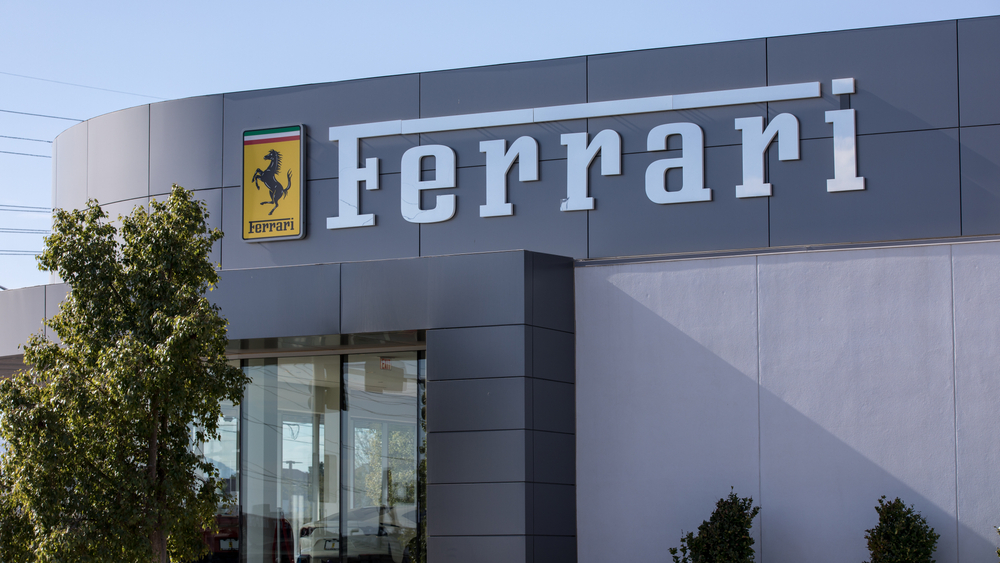
Despite its success on the track, Ferrari faced significant financial challenges in its early years. To fund its racing operations, Ferrari had to sell road cars, which eventually became a vital part of the company’s business model. These early financial struggles highlight the difficulties Ferrari overcame to become the powerhouse it is today and underscore the importance of its road cars in sustaining its racing ambitions.
Unusual Engine Placements
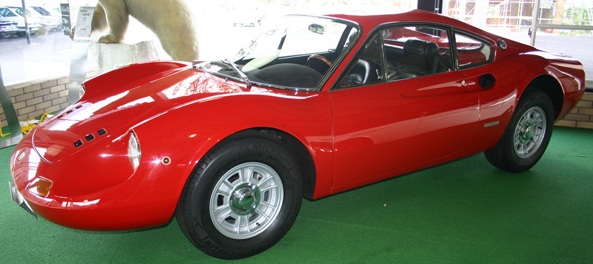
The Ferrari Dino 206 GT, introduced in 1968, was one of the first Ferraris to feature a mid-engine layout. This was a significant departure from the front-engine designs of earlier models and was influenced by Ferrari’s racing experience. The mid-engine configuration improved weight distribution and handling, making the Dino 206 GT a more agile and balanced car, which set the stage for future Ferrari sports cars.
Ferrari’s Collaboration with Fiat
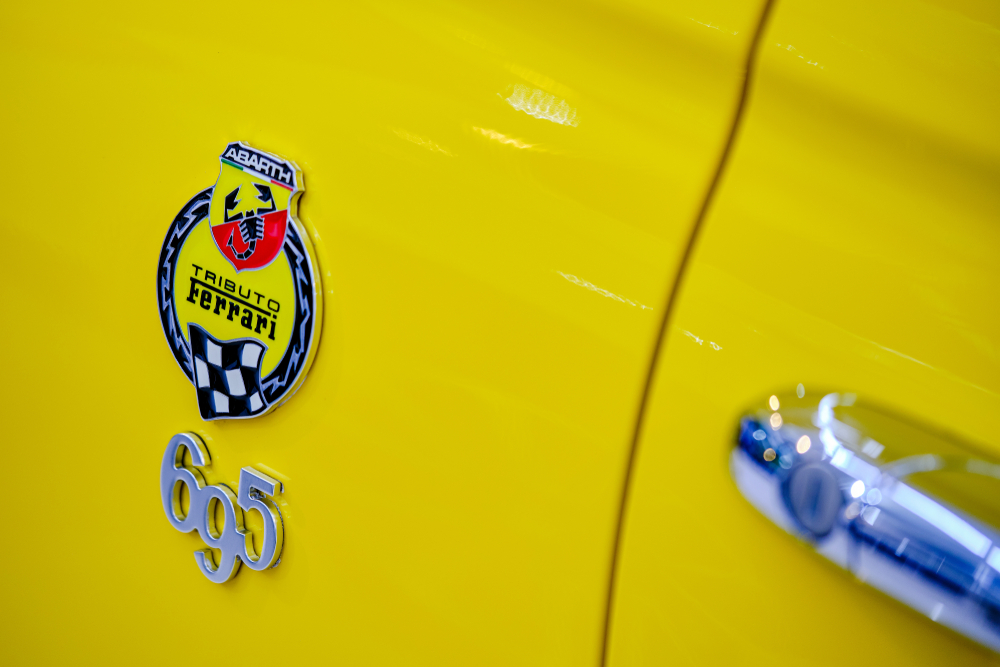
In the 1960s, Ferrari formed a strategic partnership with Fiat, which played a crucial role in stabilizing the company financially. This partnership allowed Ferrari to expand its production capabilities and develop new models, such as the Ferrari Dino series. Fiat’s investment in Ferrari provided the financial backing needed to innovate and grow, ensuring the brand’s continued success and independence.
World’s Most Expensive Car
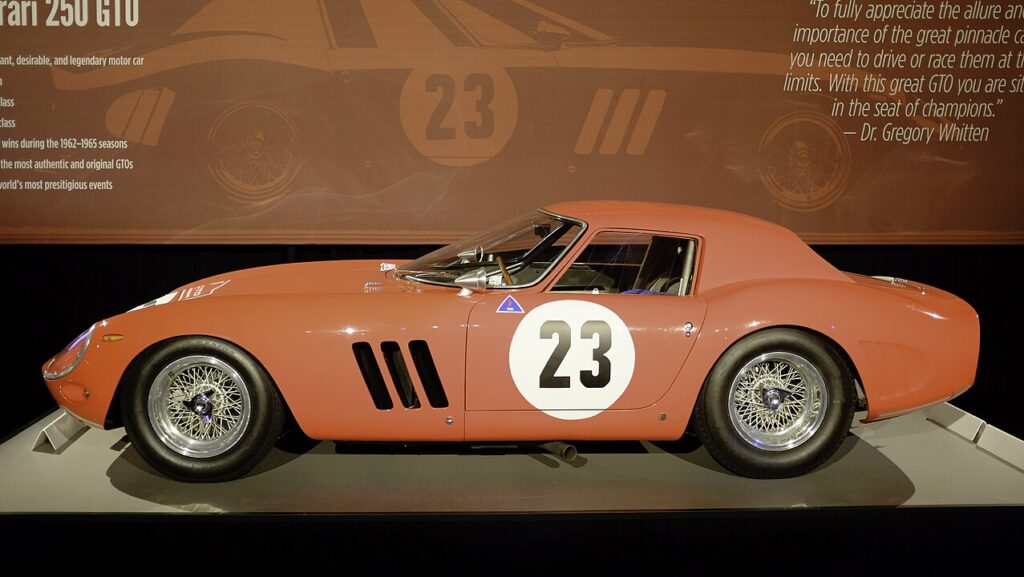
The Ferrari 250 GTO has repeatedly held the title of the world’s most expensive car, with some models selling for over $70 million at auction. This astronomical value is due to the car’s rarity, racing pedigree, and iconic status in the automotive world. The 250 GTO’s record-breaking auction prices underscore its significance as not just a car but a valuable piece of automotive history and art.
Leather Interiors
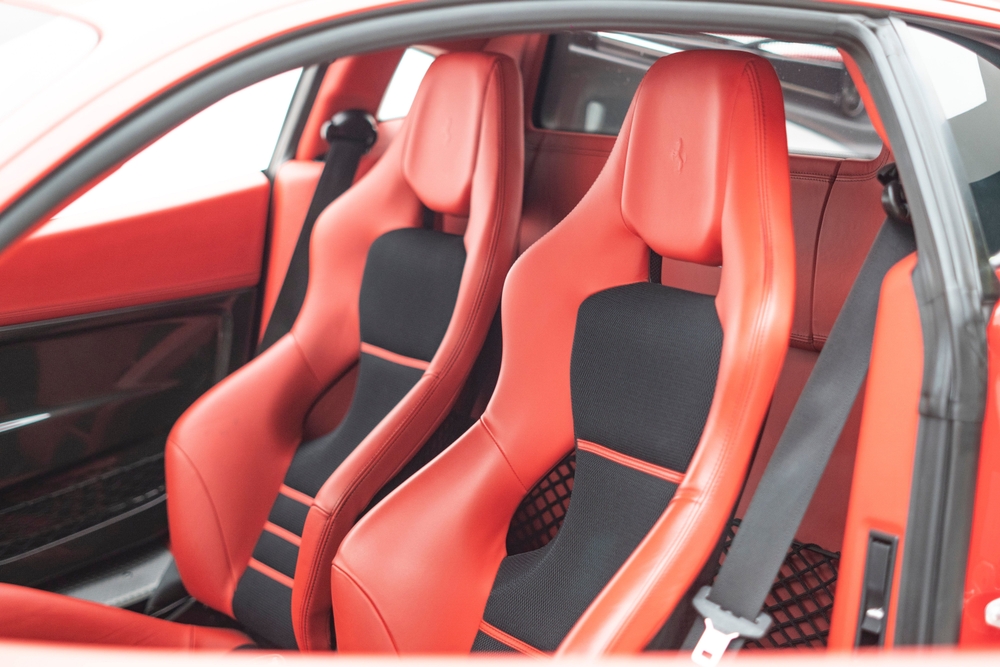
The luxurious leather interiors of vintage Ferraris were hand-stitched by skilled artisans, ensuring each car’s interior was unique and of the highest quality. The attention to detail in the craftsmanship of these interiors is a testament to Ferrari’s commitment to luxury and excellence. The use of high-quality materials and the bespoke nature of these interiors made driving a vintage Ferrari a truly exclusive experience.
Ferrari’s Early Use of Independent Suspension
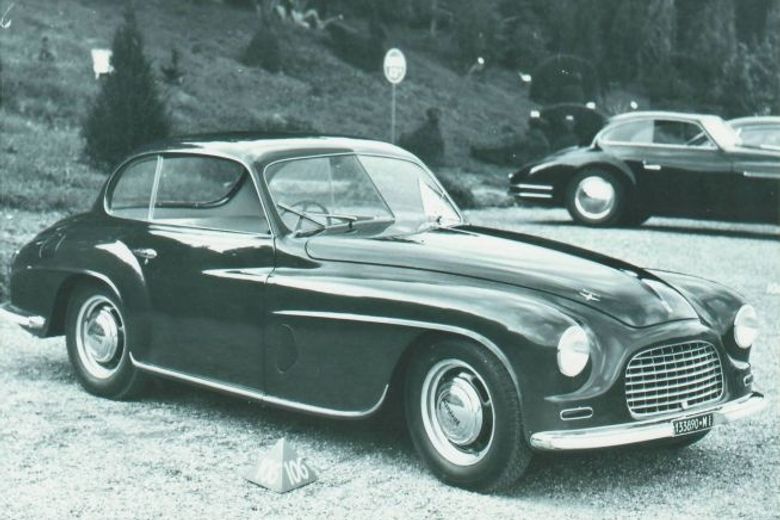
The Ferrari 166 Inter, introduced in 1948, was one of the first Ferraris to feature independent front suspension. This innovative design improved the car’s handling and ride comfort, making it more competitive on both the road and the racetrack. The introduction of independent suspension was a significant technological advancement for Ferrari, showcasing its commitment to pushing the boundaries of automotive engineering.
This article originally appeared in MyCarMakesNoise.
More from MyCarMakesNoise
Yamaha`s 16 Most Powerful Bikes and Their Racing Heritage
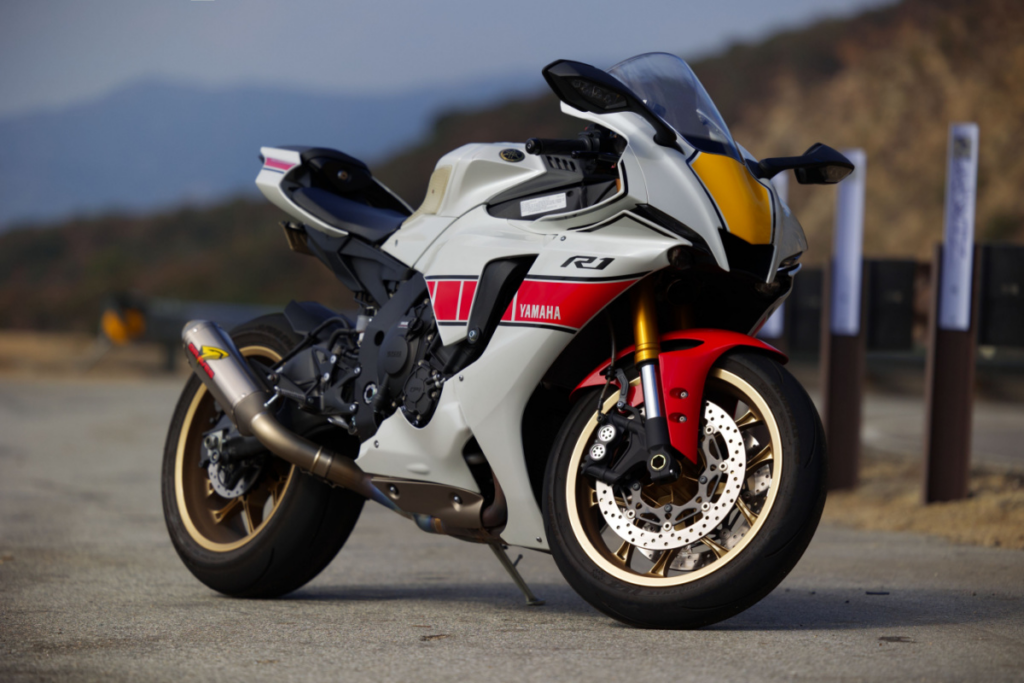
Yamaha has a rich legacy in the world of motorcycles, known for producing some of the most powerful and innovative bikes on the market. This article explores Yamaha’s 16 most powerful motorcycles, highlighting their impressive specifications and the racing heritage that has shaped their development. Read More
16 Economic Pressures on the Fossil Fuel Market

The fossil fuel market is under increasing economic pressure from multiple fronts. From the rise of renewable energy to shifting consumer preferences, various factors are reshaping the landscape. Read More
Top 10 Amphibious Vehicles for Land and Water Operations

Exploring both land and water has never been easier with the innovation of amphibious vehicles. These versatile machines seamlessly transition between terrains, offering unique capabilities for adventure, rescue, and practical applications. Read More


